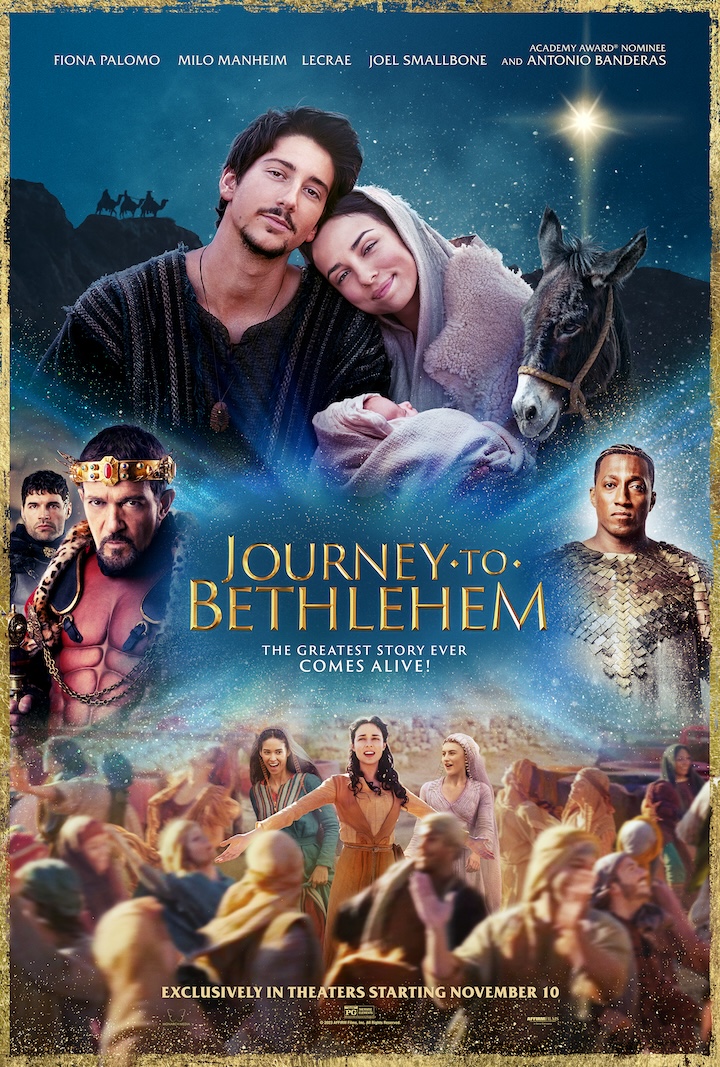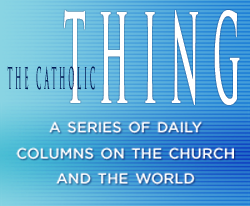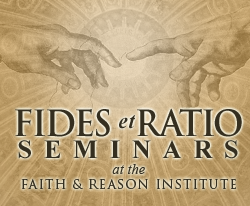Most Unkindest Cuts: a review of ‘Journey to Bethlehem’
Director Adam Anders has made Journey to Bethlehem, a singing-and-dancing version of the Infancy Narrative in Luke’s Gospel, that seems like a remake of Disney’s Aladdin, although less like the 1992 animated version, in which the genie was exuberantly voiced by Robin Williams, and more like the 2019 live-action version with Will Smith as a joyless jinni.
Journey to Bethlehem is a wholly non-sectarian re-telling of events culminating in the Incarnation of Jesus Christ, and it includes some questionable interpolations about how that all went down. Of course, every film about the birth of our Lord has taken poetic license. In fact, as the end credits roll, we read: “While taking some creative license, the filmmakers strive to remain true to the message of the greatest story ever told.”
Mr. Anders, the Swedish music producer behind the TV series Glee, wrote Journey to Bethlehem with Peter Barsocchini, whose most famous credits are (speaking of Disney) the three very popular High School Musical films. Anders’ wife, Nikki, is lyricist. These good people probably have the pulse of teenagers as well as any filmmakers do.
But Alan Menken, Howard Ashman, and Tim Rice wrote more interesting music and lyrics for Aladdin (as did Mr. Rice with Andrew Lloyd Webber for Jesus Christ Superstar).
The story begins, in Shakespearean style, with the prattle of fools – in this case the three magi. Balthazar has seen the star through his (anachronistic) telescope (the first was invented in the 17th century), and he shows Gaspar. Together they run to tell Melchior, who thinks about nothing but food. But he knows where they need to go: Judah.
“Are you certain?” Balthazar asks. “Those are King Herod’s lands.”
“You, don’t insult me!” Melchior says sharply to Balthazar and then to Gaspar, “You, get me a kebab!”



